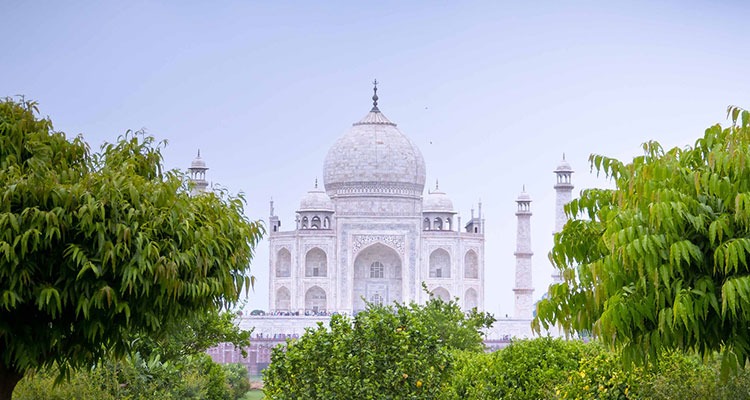
Architectural Splendors: Marveling at the Mughal and Rajput Creations in the Golden Triangle
Rajputs and Mughals have been an intricate part in the history of India and building the culture that we have today. Especially in the Golden Triangle Tour of India, the influence of both Mughals and Rajputs is prominent. Rajputs have their origin in the 6th century from the Rajasthan state, formerly known as Rajputana. Mughals originated in 1526, when Babur established his empire after leaving his ancestral domains in Uzbekistan. In this blog we will discuss the influence of both these dynasties in aspects of architecture, some examples that you will adore throughout your Golden Triangle Trip will be mentioned ahead.
- Rajput Architecture
Rajputs have always been the epitome of bravery, grandeur and elegance. This is also visible in their architecture splendors, their military powers with the perfect balance of artistic sensibility made strategic defense structures with beautiful motifs and have given shape to extravagant forts and palaces.
Origin- The origins of Rajput architecture can be traced back to their origin in the 6th Century BCE. Their early architectural style was influenced by the Gupta Empire’s structural elements and consisted of simple structure, mainly temples characterized by flat-roofed mandapas (halls) and shikharas (towers). Examples of this architectural style can be seen in the temples of Osian in Rajasthan.
The most distinct styles of Mughal Architecture are Mewar Style, Maru-Gurjara Style, Shekhawati havelis, Rajput-islamic fusion and the marvels you will see on your trip to Jaipur are of the distinct Jaipuri style architecture.
Examples- The Hill Forts of Rajasthan (Amer, Chittor, Gagron, Jaisalmer, Kumbhalgarh, Ranthambore), a group of six forts built by various Rajput kingdoms and principalities during the medieval period, are among the best examples of Rajput architecture.
Some new additions during the 20th and 21st century to the indo-saracenic branch of Rajput architecture are Albert Hall Museum of Jaipur, Monsoon Palace in Udaipur, Lalgarh Palace of Bikaner and Umaid Bhavan in Jodhpur. Some of the Rajput architecture monuments you will visit during your Trip to Golden Triangle are-
Amer Fort- Made by Sawai Jai Singh II, atop an easily ascended hill called “Cheel ka teela” is this grand fortification. The flare for architecture among the rajput rulers reflects in the extravagant design of the fort. The fortifications and palaces inside it were made of red sandstone and white marble. The use of precious stones, mirrors, and intricate carvings were also harmoniously blended into this robust structure.
City Palace, Hawa Mahal, Jal Mahal and Jantar Mantar are some other splendors of Jaipuri style Rajput architecture. If you wish to see more monuments like tem, you can explore the option of Golden Triangle Tour with Rajasthan.
- Mughal Architecture
This Islamic branch of architecture was revived during the mid 16th to late 17th century by the patronage of Mughal emperors and their skilled architects. The Indo-islamic architecture originated from Iranian and Central Asian architectural traditions and was further modified with additions from the Indian architecture styles.
Origin- Early Islamic architecture had borrowed from the Persians and Indian architecture influences, which makes it difficult to trace back exact origins. The final Mughal architecture was a blend of insdo-islamic and Indian architecture. The tomb of Humayun inaugurated the new branch of architecture, though it shows a strong influence of Persian culture. Reign of Akbar is credited with most building activities. Mughal architecture is distinguished by an elegant style in which careful linear divisions of spaces and surfaces took priority over the more three-dimensional combination of elements that distinguished earlier Indo-Islamic architecture
Examples- With its grand domes and entrances being the highlight of Mughal architecture, the best examples are Humanyun’s Tomb, Agra Fort, Fathepur Sikri, Red Fort, Jama Masjid and their crowning jewel Taj Mahal.
Taj Mahal- A grand mausoleum built by the Mughal emperor Shah Jahan in the memory of his favorite wife, constructed between 1631 and 1648. The large double storied domed chamber, housing the cenotaphs of Mumtaz Mahal and Shah Jahan, is a perfect octagon in plan. The charming octagonal marble lattice screen surrounding both cenotaphs is a piece of skilled workmanship. It is richly decorated with inlay work. It is surely a gem of islamic art in India.
These were the architectural splendors along the journey of your Delhi, Agra, Jaipur Plan. The trip of the golden triangle in India is filled with monuments and attractions designed according to the Rajput and Mughal style of architecture. Visit and explore these destinations with a personalized Delhi Agra Jaipur itinerary.

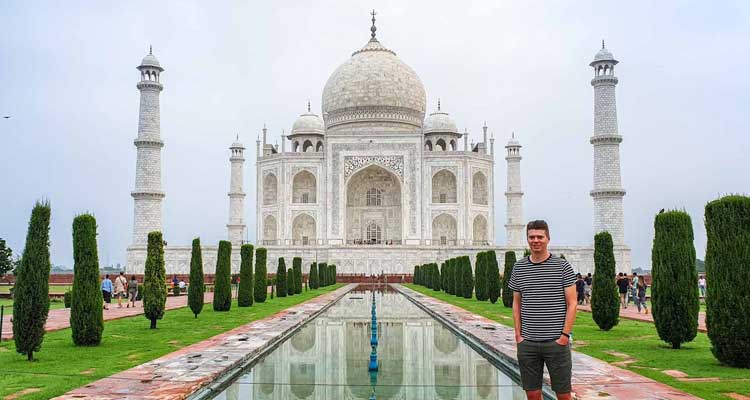
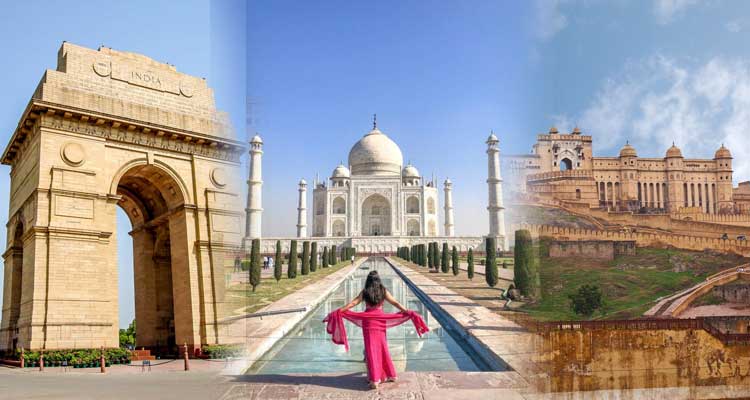
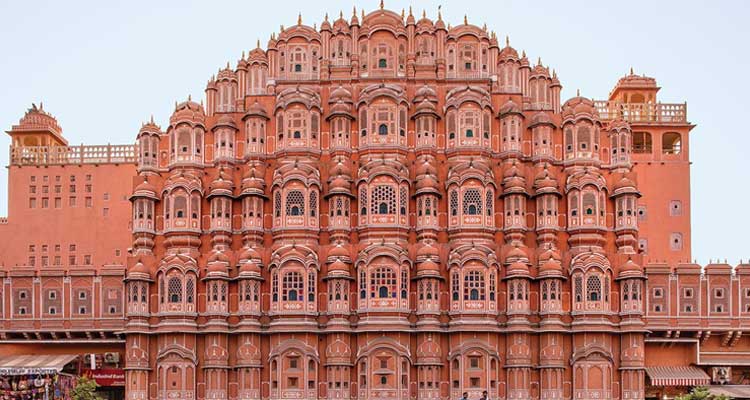
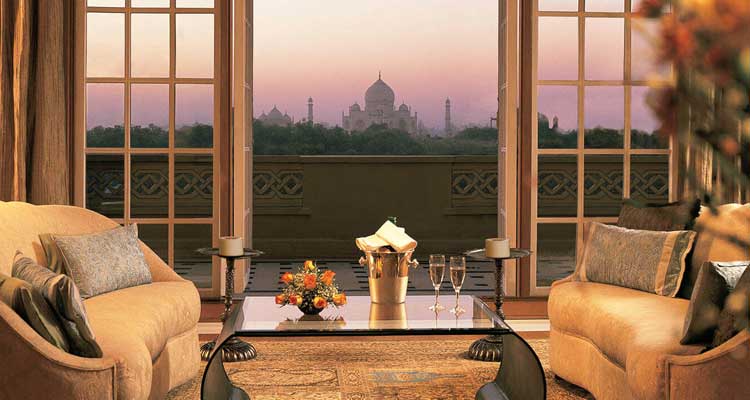
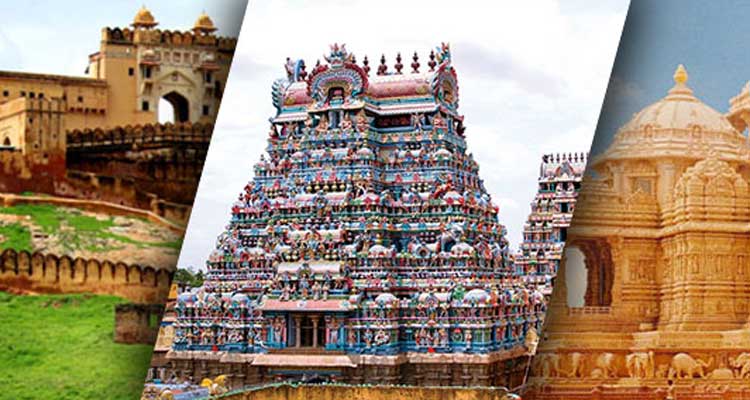
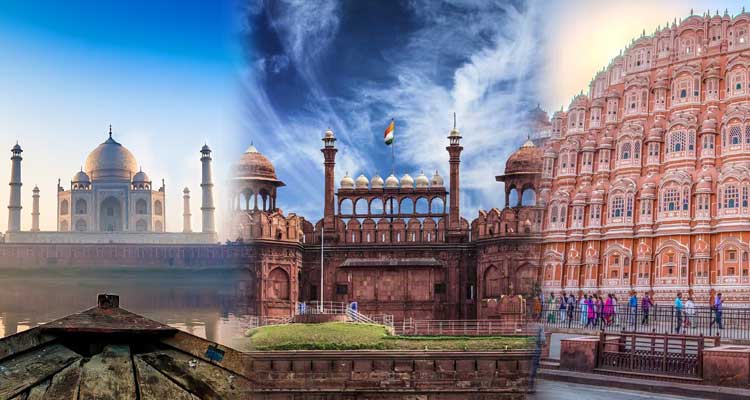
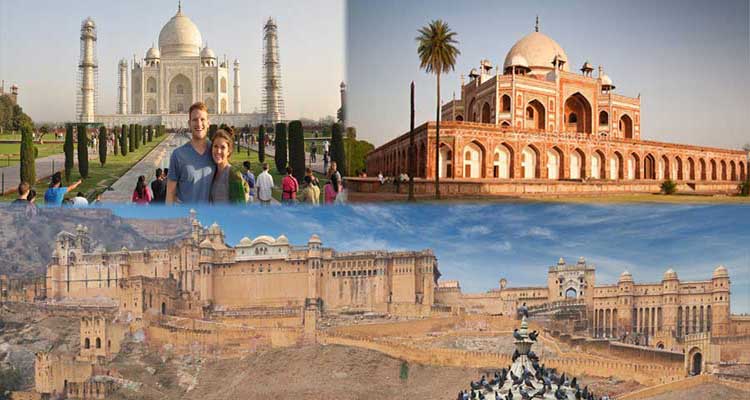
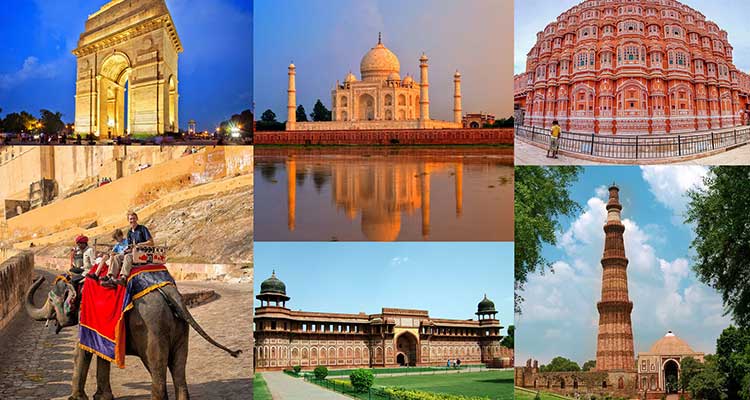
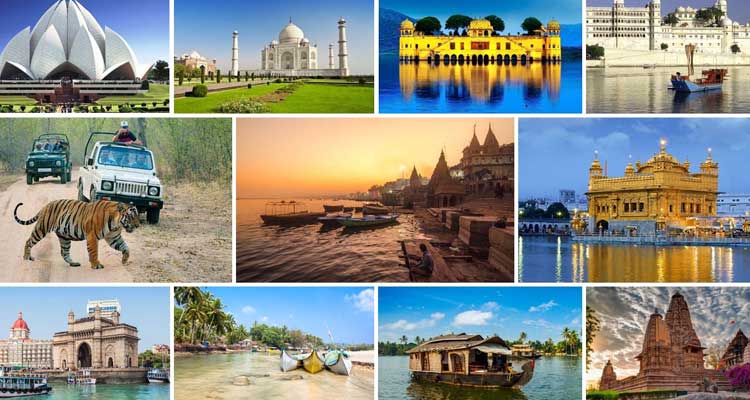
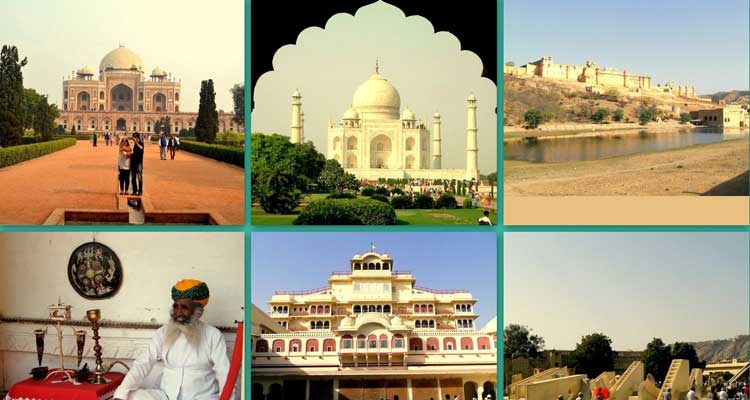


Leave A Comment
Sign in to post your comment or signup if you dont have any account.